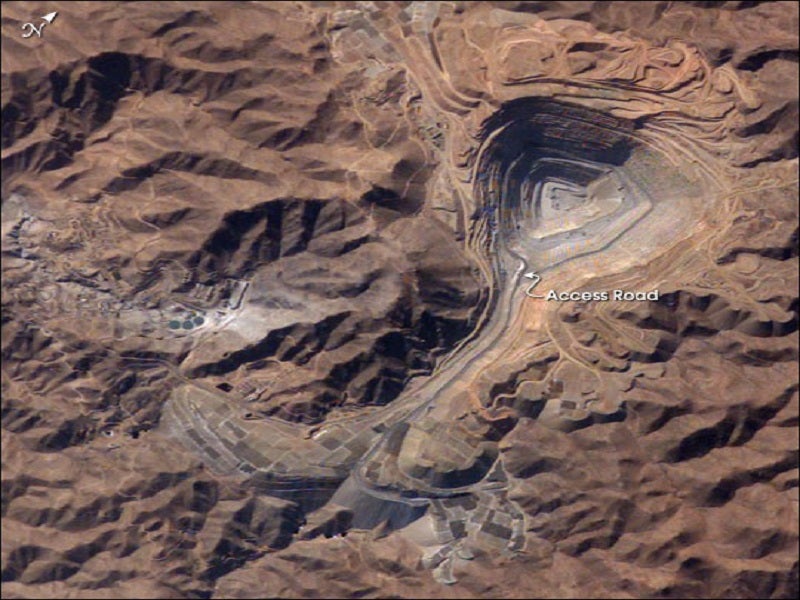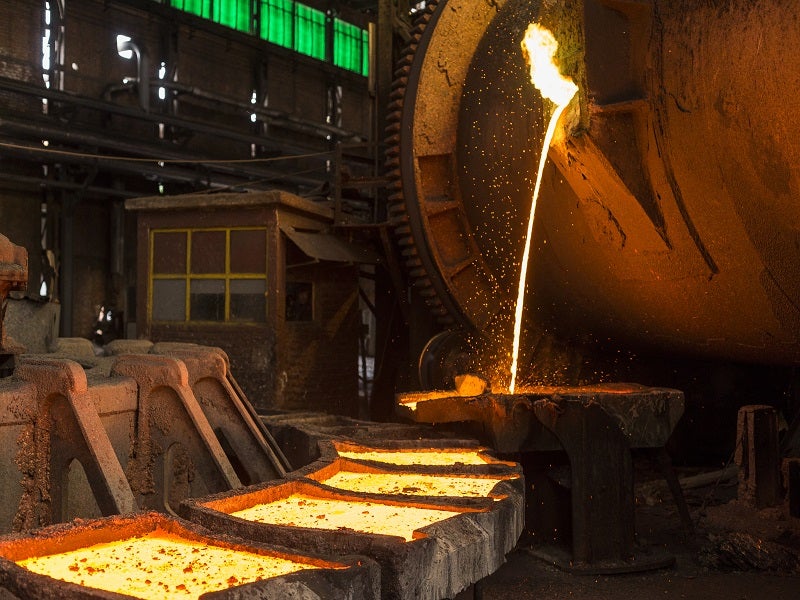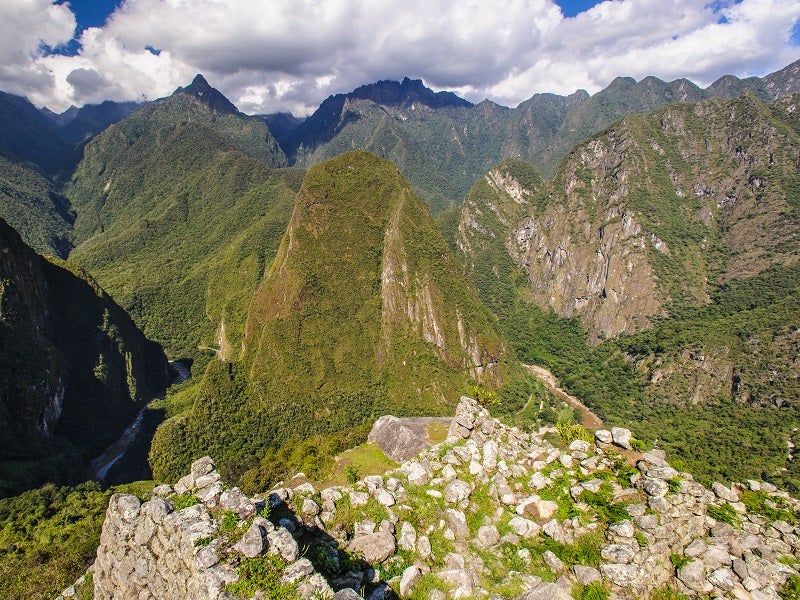Toquepala is a porphyry copper mine located in the Peruvian Andes mountain range. It is mainly rich in copper, molybdenum, silver with minor gold and zinc deposits.
The mine consists of an open-pit, a concentrator plant, and a refinery facility dedicated for extraction and electrowinning (SX-EW). It was opened for operations in 1960 and is owned and operated by Southern Peru Copper Corporation (SCC), a Groupo Mexico company.
Toquepala group, as the mining unit is called, also includes the Cuajone copper mine, which is located approximately 28km from the mine.
Toquepala copper mine location
Toquepala is located on the western slopes of Cordillera Occidental in the southern-most Andes mountain range.
The mine comes under the province of Tacna in Peru and is located approximately 870km from the Peruvian Capital city of Lima.
Toquepala mine geology, mineralisation and reserves
The Toquepala group has deposits of the Cretaceous and Lower Tertiary period, which date back to 60 to 100 million years.
The mine includes a group of volcanic rocks of spills and pyroclastic andesitic, dacitic, and rhyolitic with intercalations of thick sediments of 1,830m emerging along the Andean flank.
These formations are intrusive rocks of the Andean batolith and present various degrees of metamorphism and mineralisation. It overlaps the Yura group formation and there are no traces of fossil fuels.
Among several deposits, the prominent intrusive rocks found in the area consist of granodiorite, coarse to fine grain holocrystalline, granite, and holocrystalline. Ore minerals found at the mine include chalcopyrite, chalcosine and molybdenite.
Toquepala is estimated to contain approximately ten million tonnes (Mt) of copper reserves.
Mining and ore processing
Open-pit mining at the deposit is performed up to a depth of approximately 1,635m. Once the ore is mined, it is sent to the concentrator for recovery of copper and molybdenum. The nominal capacity of the concentrator is 60,000 tonnes (t) per day.
Mined ore with a copper grade of more than 0.40% is sent to the crushing circuit, where the size is reduced by approximately 85%. The crushed ore then passes through rod and ball mills, to produce a fine powder.
The finely ground powder is mixed with water and sent to flotation cells to produce a copper concentrate. Any molybdenum content in the concentrate is recovered by inverse flotation. The final copper concentrate containing approximately 26.5% of copper is filtered and sent to the Ilo smelter.
The Ilo smelter is located near the Pacific Coast in the Ilo district, approximately 135km from Toquepala mine, which is used by both Cuajone and Toquepala mines.
The Toquepala SX-EW plant produces grade A electrowon copper cathodes with a purity of 99.999% from the low grade ore at both Cuajone and Toquepala mines. It includes leaching, solvent extraction, and cathode electrowinning circuits with a refining capacity of 56,000t per year.
The open pit is located in a remote area but well connected by industrial railroad, and has port access due to its proximity to the South Pacific Ocean.
Expansion and infrastructure upgrades
Several expansion and infrastructure upgrades based on production requirements and maintenance of safety standards were implemented at the mine.
The recent upgrades included the installation of 20m wide geotechnical berms for every 10 benches in 2007 to strengthen the stability of the mine. In addition, geotechnical drilling totalling 20,000m in 2013 was completed. Further, a slope stability programme was implemented for geotechnical and hydrological oriented drill programme of 11,451m in 2015.
The construction of first molybdenum plant was completed in 2013 as part of the expansion programme. The expansion project allowed the concentrator facility to process 1,500t of copper-molybdenum concentrates per day with a recovery of 80% of copper content and 50% of molybdenum content.
Another expansion project was undertaken in 2015 at an estimated investment of £889m ($1.2bn) for the expansion of the concentrator to increase the production capacity by 60,000t.
The expansion project also increased the annual molybdenum production by 3,100t.
Contractors involved
The expansion and upgrades made in 2013 were implemented by Alsina Formwork Solutions, one of the major construction companies in Peru.
The construction of Ilo smelter was undertaken by Flour.





